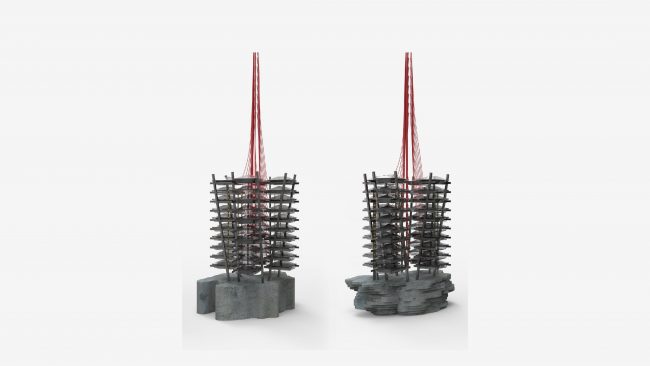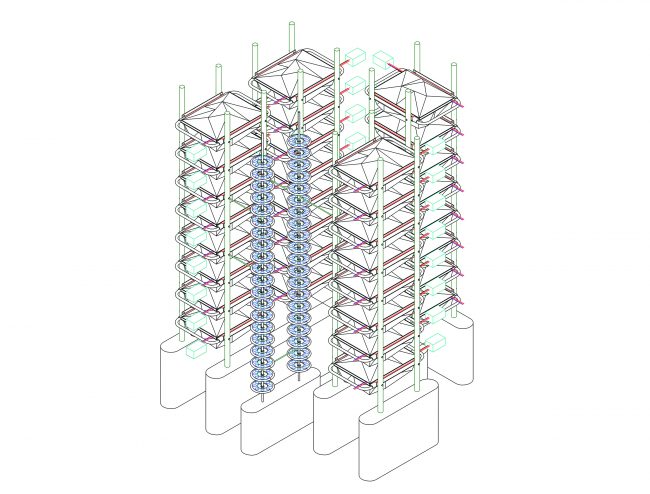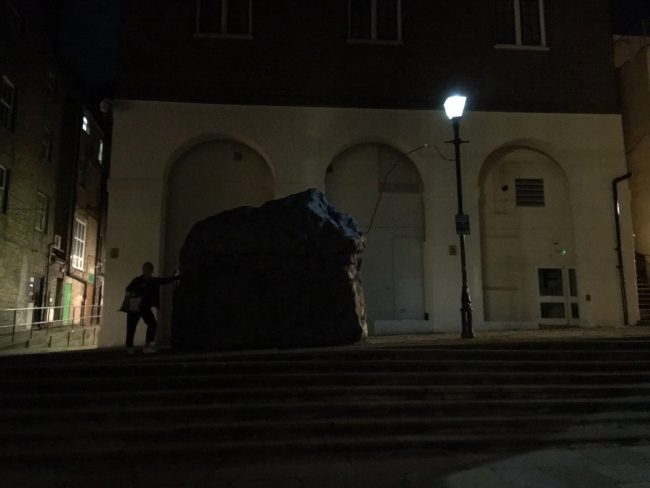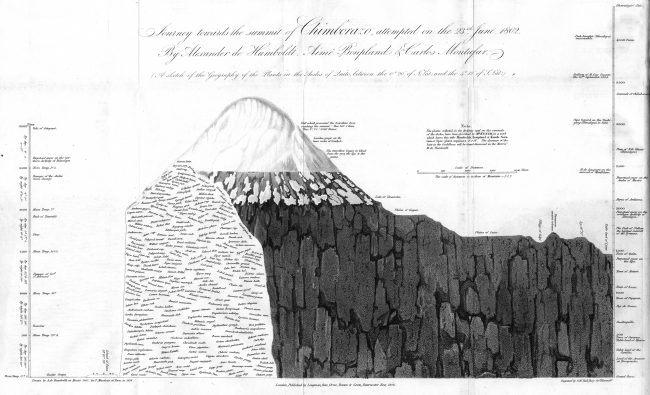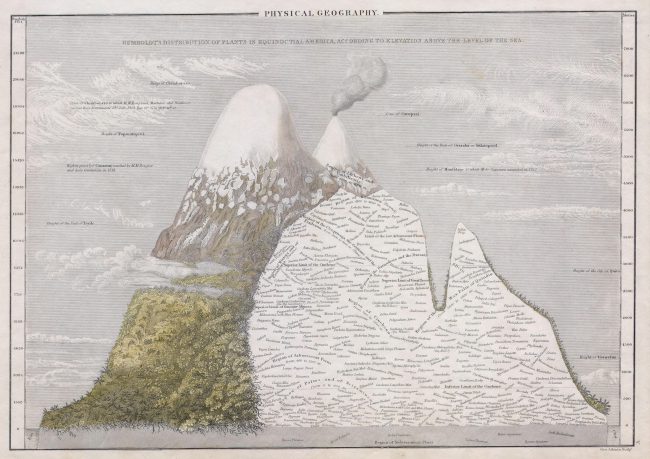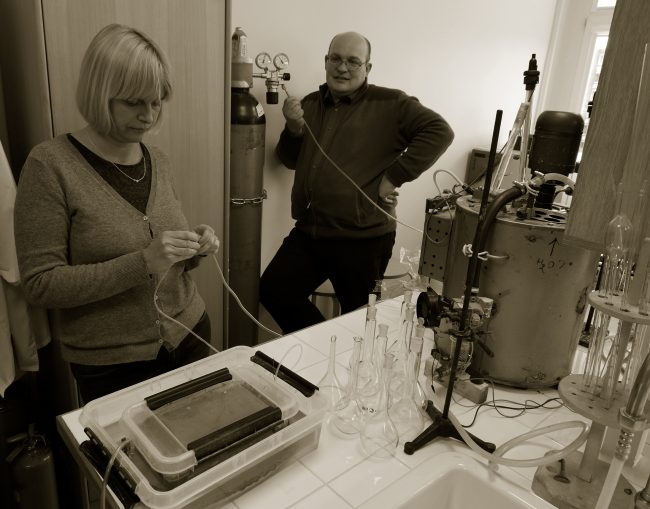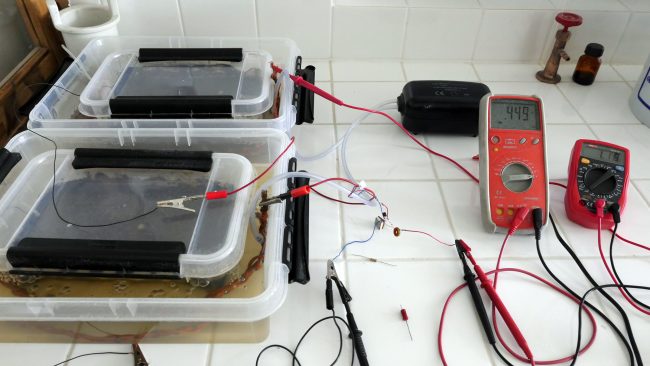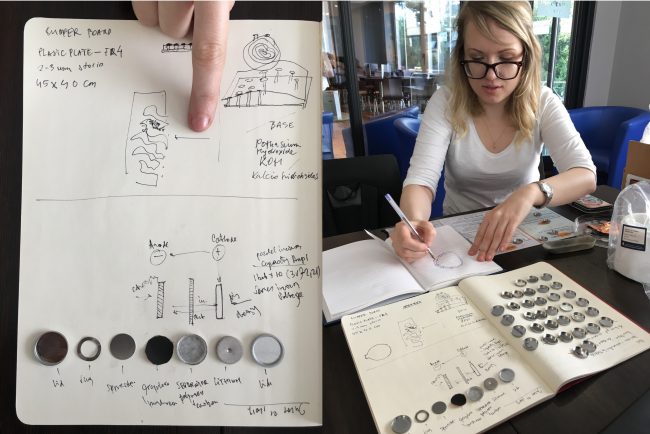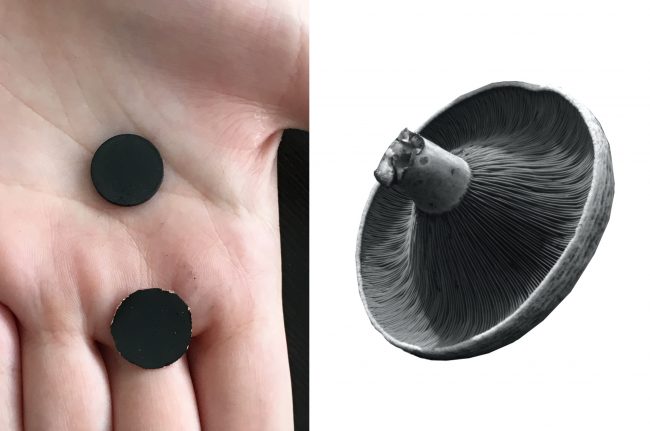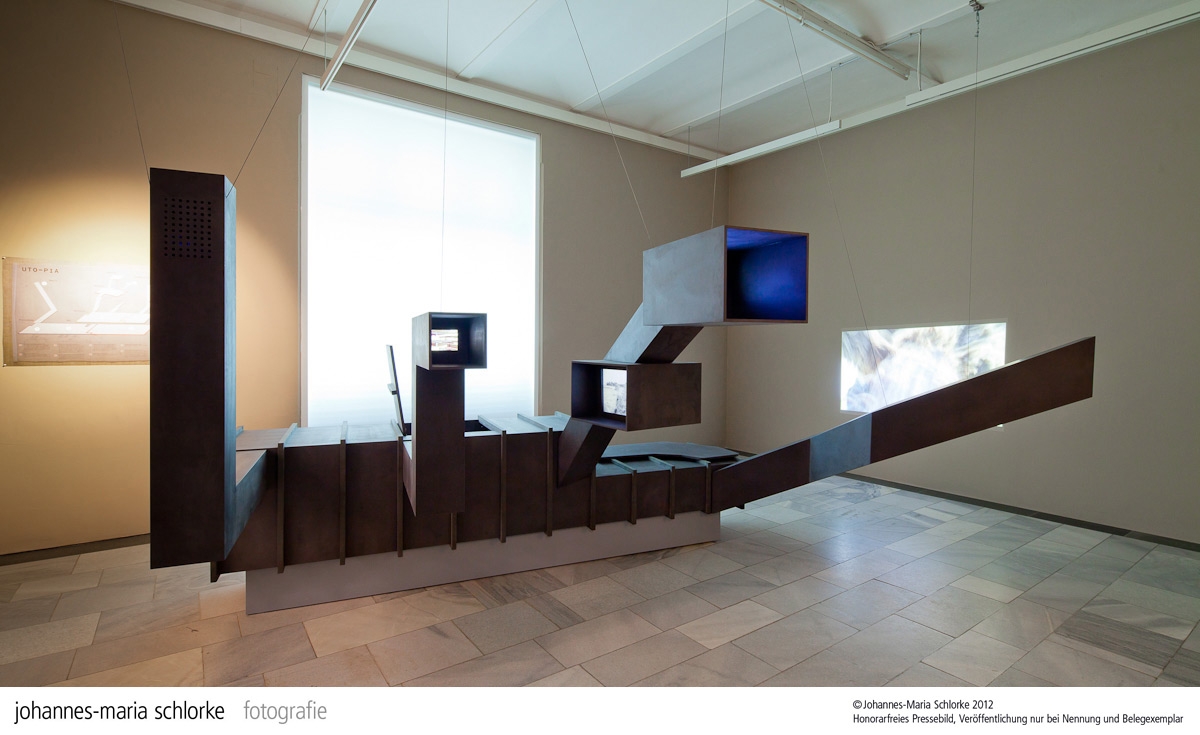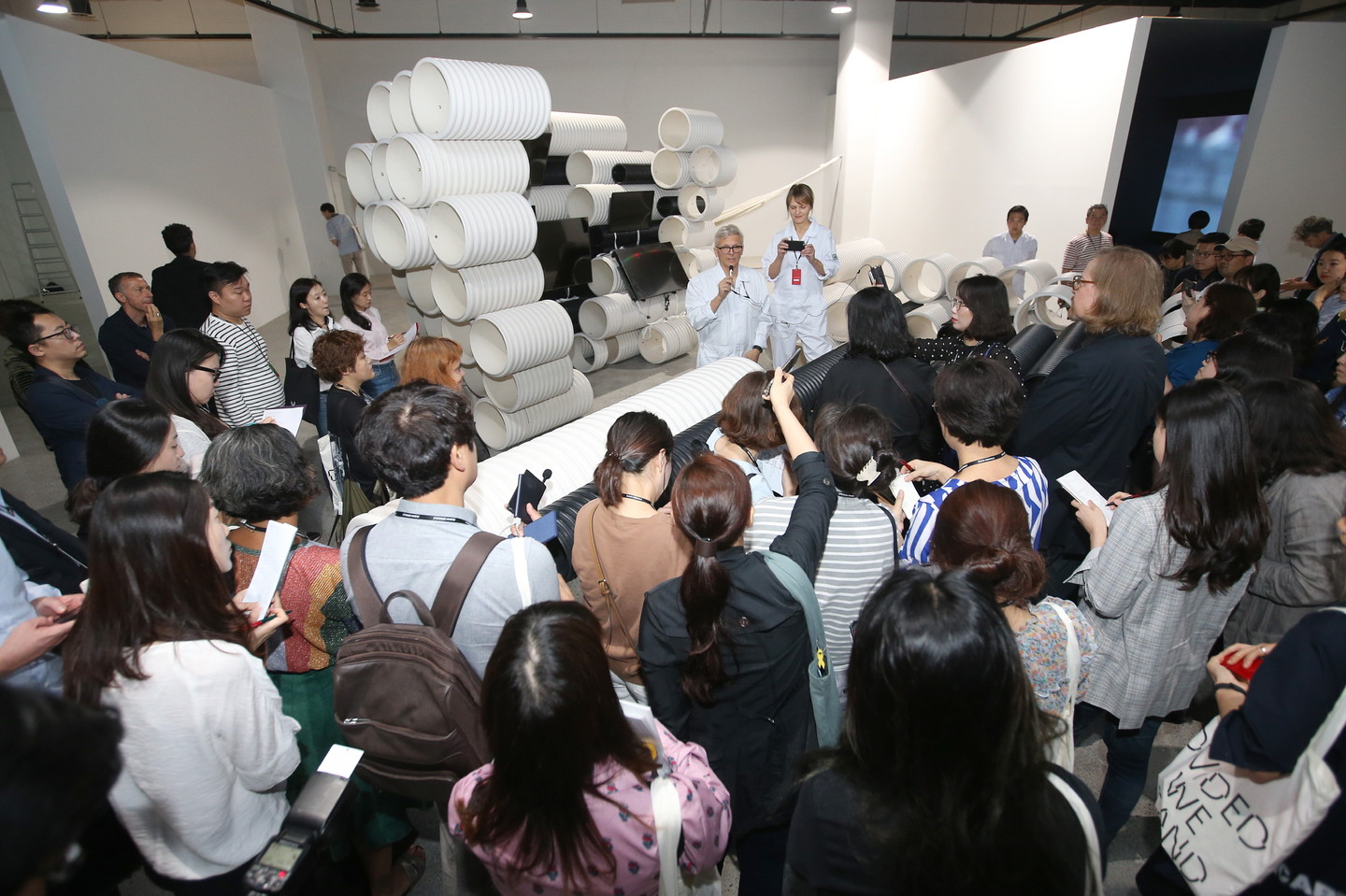Folk Stone Power Plant
Folk Stone Power Plant is conceived as networked entity that connects the international team of scientists with the stone, the lamp post at the Market Place by the Town Hall in Folkestone (UK) with a specially developed outreach program organized through a workshop and a symposia (Future Energy Summit) to actively learn about physics and metaphysics of alternative energy.
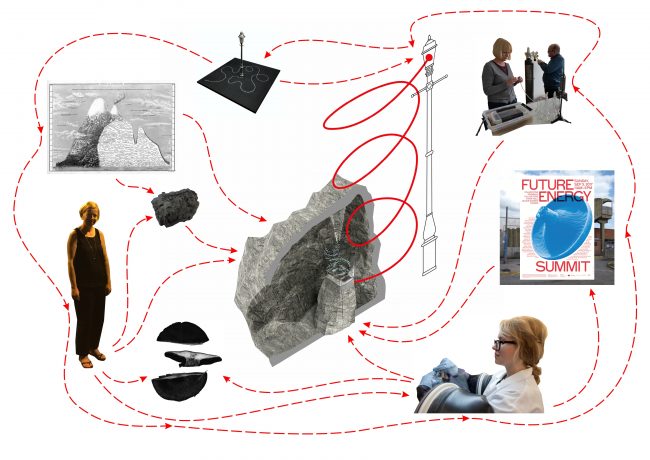
Folk Stone has been designed to stand behind the Town Hall in the ancient Folkestone’s Market Place. The stone is inspired by the writings and drawings of Alexander von Humboldt (1769-1859) the polymath founder of bio-geography, geomagnetic and meteorological monitoring, and progenitor of ecology.
The stone contains innovative organic batteries generating sustainable electricity from biological sources (mushrooms and bacteria) in research supported by a global network of scientists who merge biology, electro-chemistry and physics to elaborate on electricity supply as a matter of public interest and to advance frontier in energy storage.
In the project two teams of scientists were approached: one at Kaunas university of technology to explore the mud bacteria batteries and another at the University of Kent to engage with the mushroom battery research.
The Kaunas team – Kristina Kantminienė, Egidijus Griškonis and Ilona Jonuškienė— have been developing the mud battery prototype, so called MFC (Microbial Fuel Cell). The mud for the research was taken from the pond in Elektrėnai (Electricity town) in Lithuania. Bacteria found there is of the Geobacter species, discovered by Dr. Derek Lovley and for the first time isolated from sediments in the Potomack River, USA in 1987. Geobacter gains its energy by using iron oxide (an abundant rust-like mineral in soils and sediments) in the same way that humans use oxygen.
Another group of scientists at the University of Kent (Canterbury, UK) is led by Viktorija Makarovaitė to experiment with the use of mushrooms in replacing the graphite in the conventional CR2032 battery. Graphite battery has a capacity of around 150- 200mAhr/gram of graphite (depends on graphite purity) that is why they usually use more than 1 gram of material in each little CR2032 battery. Viktorija’s team elaborated the battery that can produce a capacity of 350mAhr/ gram of pure mushroom (it was near 300mAhr/gram even after 100 full charge and discharge cycles!). This means that its expiration or how long it can be reused will be much longer than a regular battery. This mushroom battery is about double the capacity of a store bought one, and most importantly, fabricated not from a costly extracted or synthetic materials, but from the matter that naturally lives with us and around us: mushrooms.
Special thanks to : Giacomo Castagnola, Naomi Eaton-Baudains, Brandon Clifford, Egidijus Griškonis, Ilona Jonuškiene, Lucy Siyao Liu, Kristina Kantminiene, Laura Knott, Viktorija Makarovaitė, Sofia Perez-Villar , Misty R. Peterson, MIT School of Architecture and Planning (SA+P Office of the Dean), Associate Provost Philip S. Khoury and Arts at MIT. Folk Stone Power Plant was commissioned by Creative Foundation for Folkestone Triennial 2017. Workshop and a symposia are part of the Outreach and Education Program of the Frontiers in Retreat project (EACEA 2013-1297), funded with support from the European Commission, Ministry of Culture of the Republic of Lithuania and Lithuanian Council for Culture.
